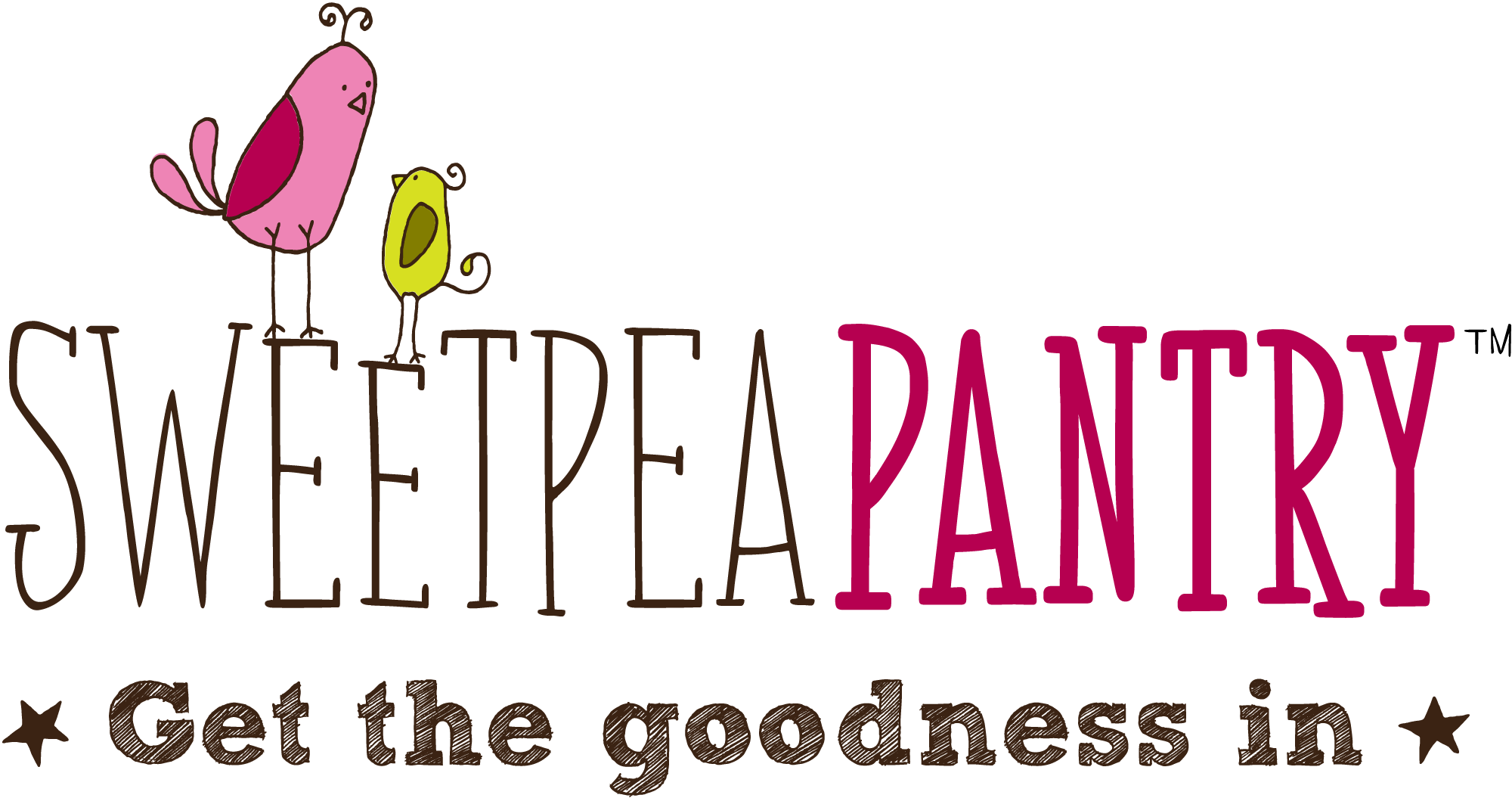Sugar: How Much is Too Much?
The media is full of sugar scare stories right now, but do you really understand how much sugar is safe for you and your family to consume?

Sugar how to cut down
The Scientific Advisory Committee on Nutrition (SACN) recently released a report outlining the health risks of high sugar diets, plus new guidelines for consumption.
So lets look at the facts and with a few simple switches and a bit of attention it is easy to eat a more balanced diet.
The SACN’s main findings were:
- High levels of sugar consumption are associated with a greater risk of tooth decay.
- The higher the proportion of sugar in the diet, the greater the risk of high energy intake.
- Drinking high-sugar beverages results in weight gain and increases in BMI in teenagers and children.
- Consuming too many high-sugar beverages increases the risk of developing type 2 diabetes.
Ok, that’s not rocket science. But how much is too much?
The SACN recommends that:
Free sugars should account for no more than 5% daily dietary energy intake.
This is supported by the World Health Organisation who, in March 2015, issued their new sugar guideline recommending that:
‘Adults and children reduce their daily intake of free sugars to less than 10% of their total energy intake. A further reduction to below 5% or roughly 25 grams (6 teaspoons) per day would provide additional health benefits.’
And what are ‘free sugars’ exactly?
Free sugars are either those added to food and drinks:
- monosaccharides (such as glucose, fructose)
- disaccharides (such as sucrose or table sugar)
Or those that are naturally present in:
- honey
- syrups
- fruit juices
- fruit juice concentrates
Natural sugars found in fresh fruits, veggies and milk are excluded from the guidelines: the WHO says there is ‘no reported evidence of adverse effects of consuming these sugars.’
So how do those teaspoons of sugar stack up? In an article for Medical News Today, Joseph Nordqvist highlights the sugar content of some common sweet snacks and drinks:
Can of Coca Cola = 7 tsp
Orange squash (1 glass) = 2.5 tsp
Starburst (45g packet) = 5.5 tsp
Jam donut = 3.5 tsp
Ice Cream (1 scoop) = 3 tsp
Here’s our take on it: we reduce sugar consumption wherever we can; checking labels of sauces, making our own healthy snacks and avoiding processed foods. We believe in everything in moderation.
Our focus is on getting the goodness in where we can; if our kids want a sweet treat we want to know that it’s offering some nutritional value as well, with wholegrain flours and power foods like flaxseed.
Refs:
Public Health England (17.07.15). SACN Carbohydrates and Health Report. Retrieved from https://www.gov.uk/government/publications/sacn-carbohydrates-and-health-report
WHO (04.03.15). WHO calls on countries to reduce sugars intake among adults and children [press release]. Retrieved from http://www.who.int/mediacentre/news/releases/2015/sugar-guideline/en/
Nordqvist, J (08.06.15). How much sugar is in your food? [online article]. Retrieved from http://www.medicalnewstoday.com/articles/262978.php













